Solar storm ALERT! Debris from a magnetic filament eruption to strike Earth soon
NOAA forecasters have revealed that a solar storm can occur in two days’ time as solar particles released during a magnetic filament eruption are headed for the Earth. Check details.
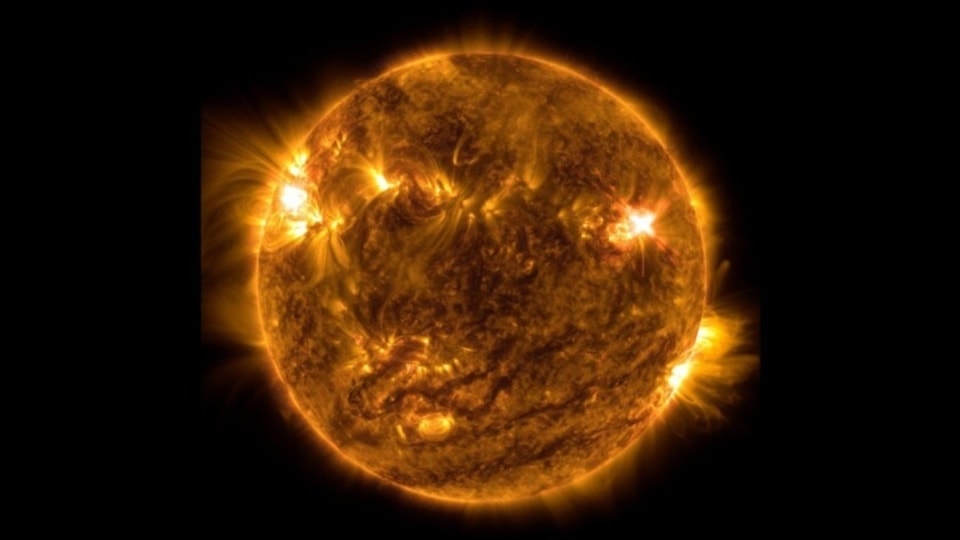
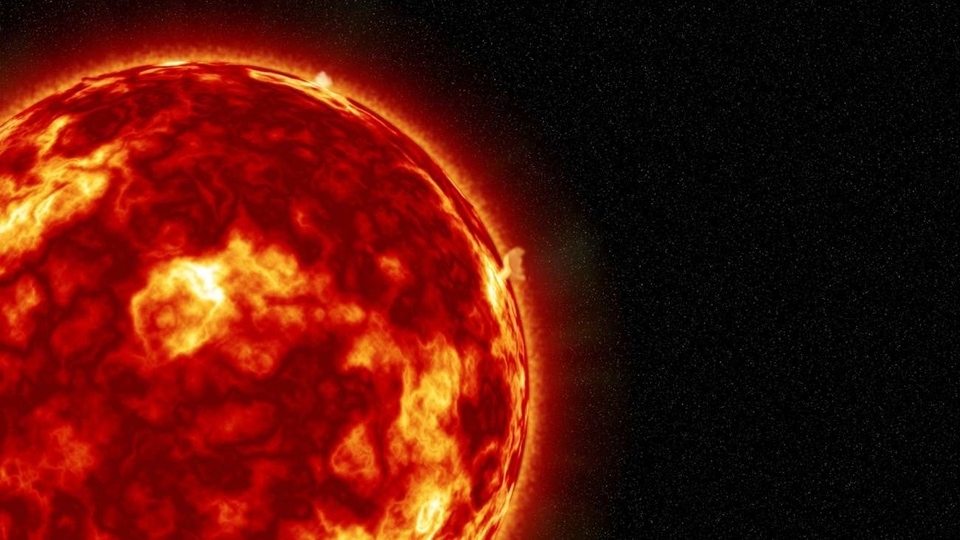
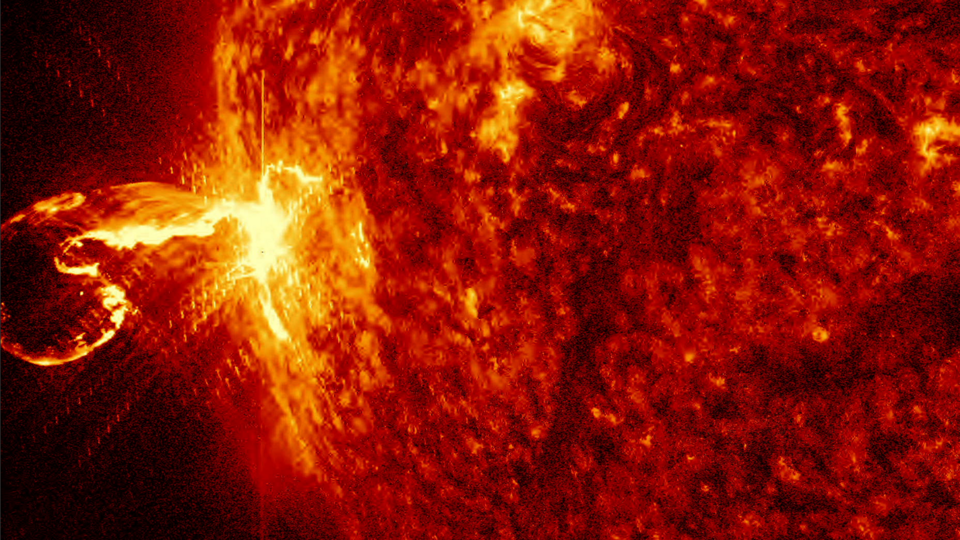
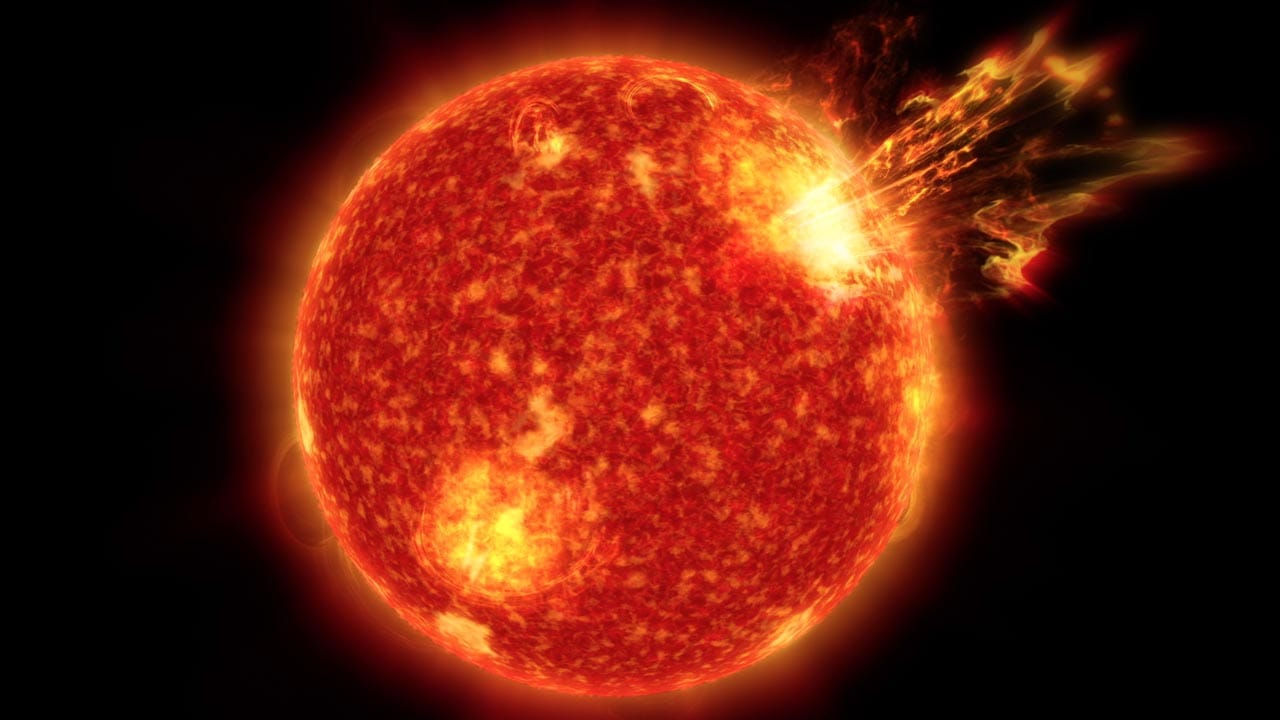
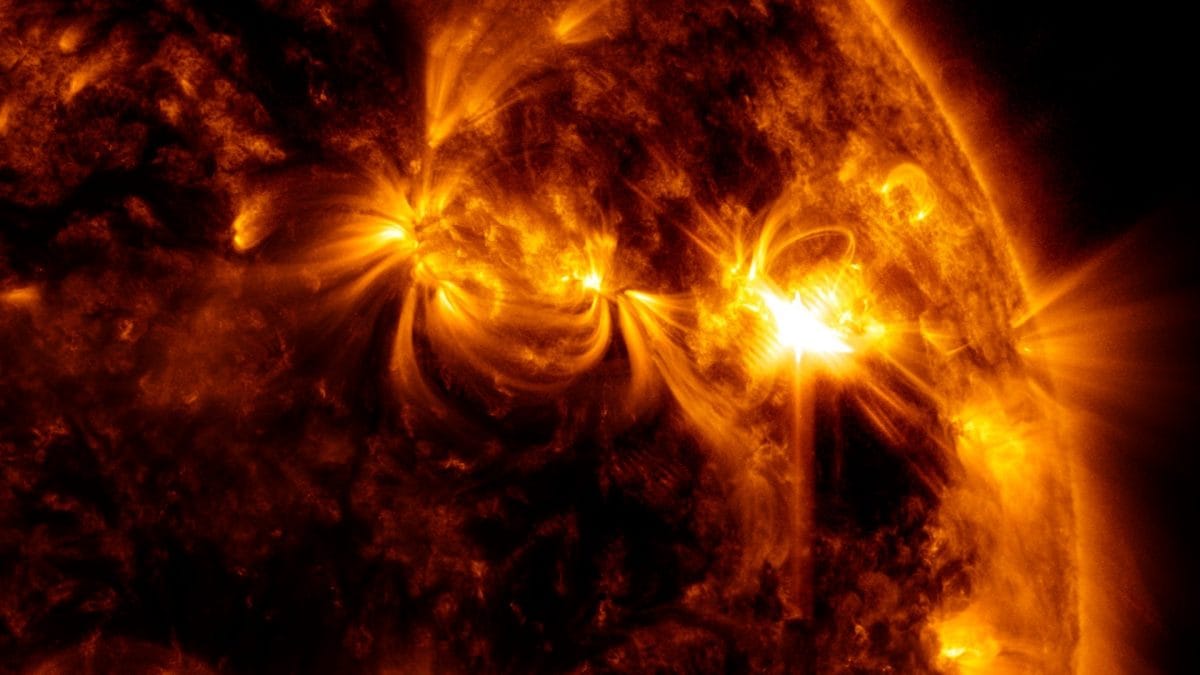
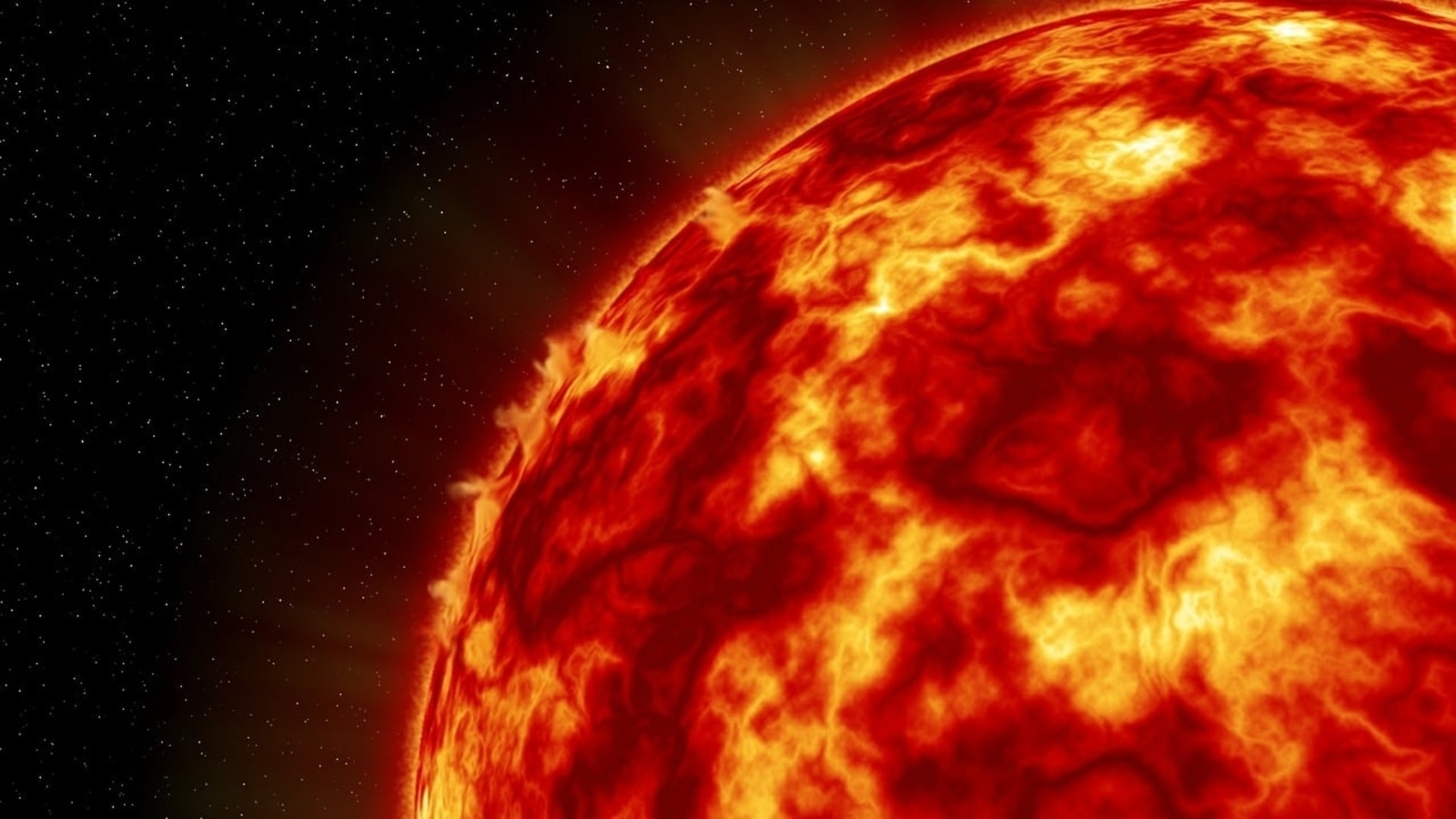
 View all Images
View all ImagesThe Sun was quiet for almost two weeks. This was a first for 2023 which has witnessed frequent solar storms, solar flare eruptions, and incoming waves of solar winds. In fact, before this, the longest period we went without any Earth-directed solar activity was one week, which occurred in April. But now, the Sun has sprung back into action as a magnetic filament erupted on the southwestern limb on August 23. During the eruption, solar material was released into space and the National Oceanic and Atmospheric Administration (NOAA) has predicted that the cloud of solar debris will hit the Earth on Sunday, August 27 sparking a solar storm.
According to a report by SpaceWeather.com, “A magnetic filament erupted near the sun's southwestern limb on Aug. 23rd (movie). The debris might graze Earth's magnetic field on Aug. 27th, according to NOAA models. A glancing blow could spark G1-class geomagnetic storms with auroras around the Arctic Circle”.
Solar storm to arrive on August 27
The NOAA prediction suggests that the eventual storm will be a G1-class geomagnetic storm, which is considered to be quite minor. Such solar storms may not be strong enough to affect mobile networks or damage satellites, but they can still cause radio blackouts and disrupt GPS signals. Things can worsen if these CME clouds pick up solar winds on their way and combine with them to spark terrifying solar storms. Additionally, auroras may also be visible in the high latitude areas.
But this is not the end of the troubles for the Earth. Just a couple of hours ago, Space Weather Live posted on its X account that an M1.4 class solar flare had erupted. This was the second M-class solar flare eruption in the last three days, with the first one exploding on August 23. The exact region of this flare is not known but it is believed that one of the many sunspot regions might have turned unstable.
This also means that in the coming days, this region can also trigger an X-class solar flare eruption which can send a terrifying coronal mass ejection (CME) towards the Earth.
NOAA's DSCOVR satellite's role in solar storm monitoring
NOAA monitors solar storms and Sun's behavior using its DSCOVR satellite which became operational in 2016. The recovered data is then run through the Space Weather Prediction Center and the final analysis is prepared. The different measurements are done on temperature, speed, density, degree of orientation, and frequency of the solar particles.
Catch all the Latest Tech News, Mobile News, Laptop News, Gaming news, Wearables News , How To News, also keep up with us on Whatsapp channel,Twitter, Facebook, Google News, and Instagram. For our latest videos, subscribe to our YouTube channel.





























